This all seems like déjà vu. The Public Health Agency of Canada is once again urging people to check their romaine lettuce, after one Canadian became sick last month. The person in question ate lettuce linked to an E. coli outbreak in California – so if you have romaine in your fridge, you might want to throw it away.
Government agencies in the United States are investigating the E. coli outbreak, and the Public Health Agency of Canada recommends that people here avoid eating, serving or selling any romaine lettuce that could be affected. This includes whole heads or hearts of romaine, bags of pre-cut lettuce and salad mixes.
Look for a listed growing region on any bags or containers you might have at home. If your lettuce is from the Salinas growing region or doesn't have a listed origin location, you should throw it away.
People who are pregnant or have weakened immune systems (including young children and older adults) are at the most risk of developing serious complications from an E. coli infection. Symptoms can occur within one to 10 days after you come into contact with the bacteria and can include nausea, vomiting, headache, mild fever, severe stomach cramps and watery or bloody diarrhea. Most symptoms end within five to 10 days.
There isn't really any treatment for E. coli infections, but if you experience these symptoms, make sure you stay hydrated and do your best to eat properly. In severe cases, people can require hospital care following strokes, kidney failure and seizures related to E. coli, which can be fatal.
I accidentally ordered a salad last night, and I'm sure I'll be fine, but these things are always a little nerve-wracking. To reduce your risk of contracting E. coli from affected lettuce, make sure you check the labels before you buy any produce or salad products until the outbreak is deemed over.


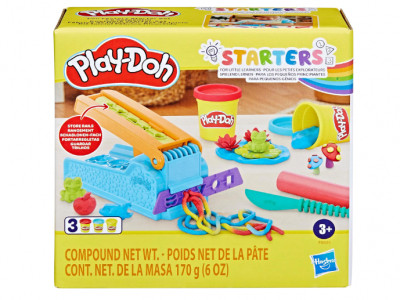
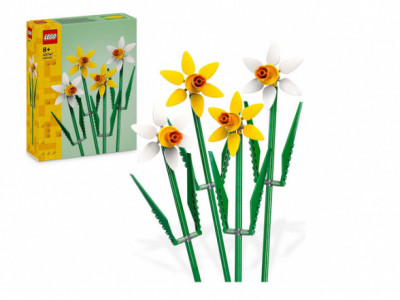

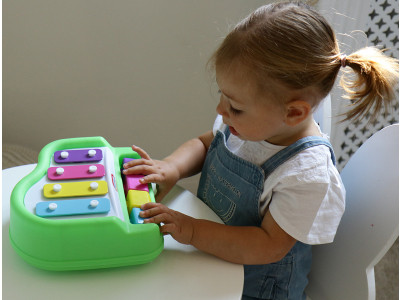





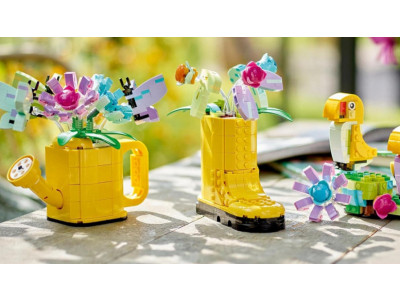
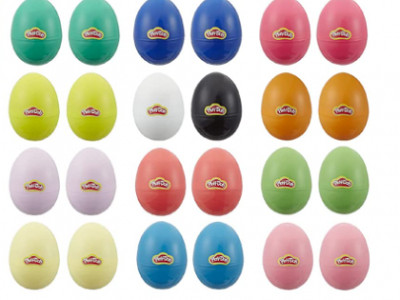

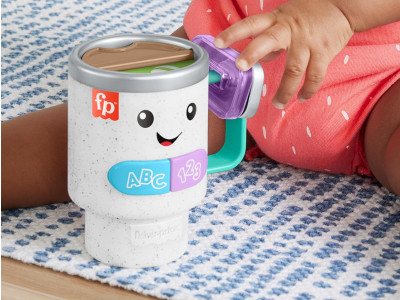







Comments